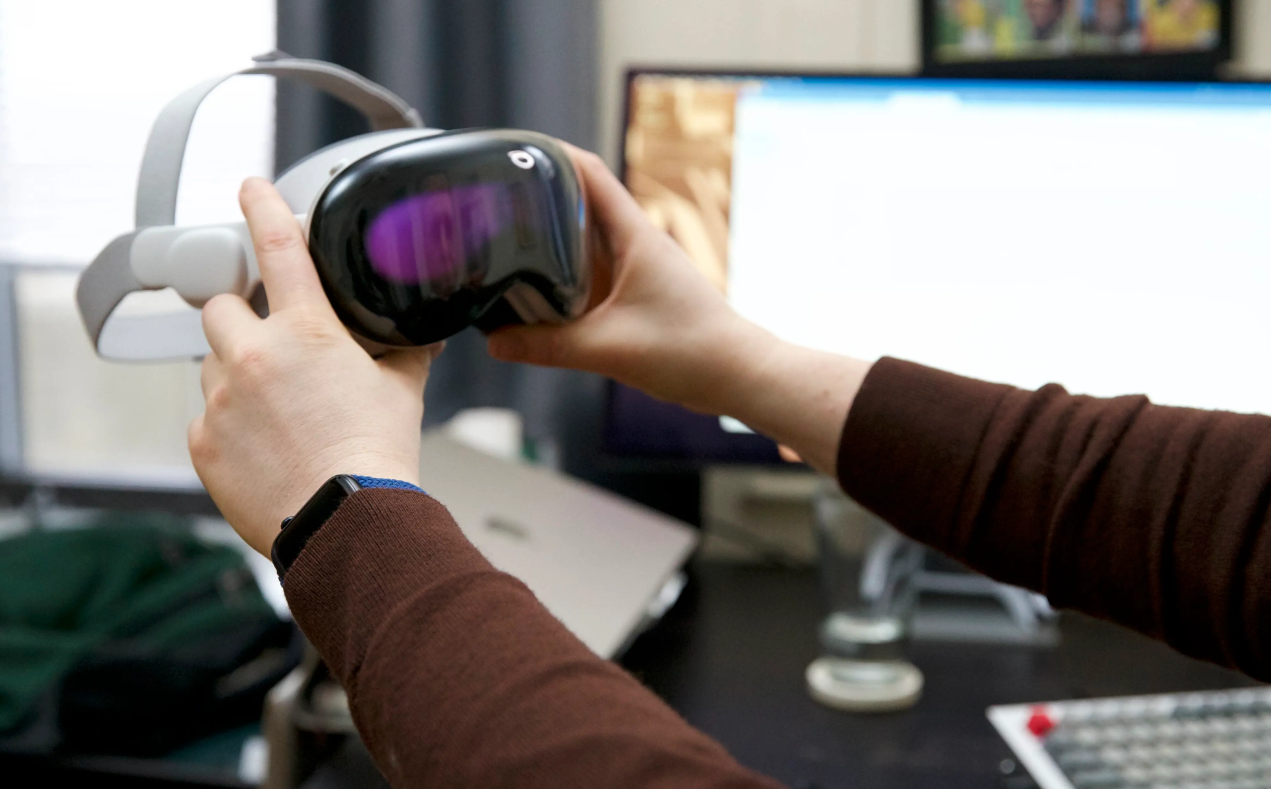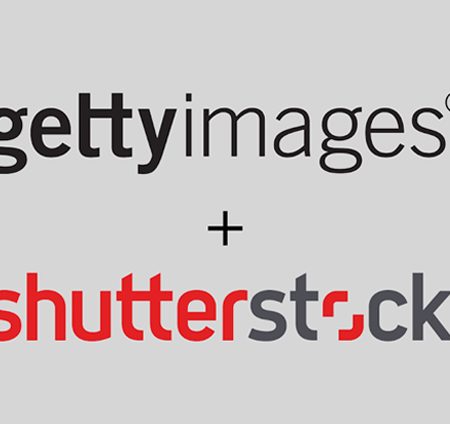Apple Pauses Vision Pro Production Due To Low Demand
Apple Pauses Vision Pro Production Due To Low Demand
Apple Pauses Vision Pro Production Due To Low Demand Apple has reportedly ceased production of its first-generation Vision Pro headset due to lower-than-expected demand and production challenges. Initially launched in early 2024 with a price tag of $3,499, the Vision Pro aimed to revolutionize the mixed-reality market but faced hurdles in gaining widespread consumer adoption.
Production Reduction Timeline
- Early Summer 2024: Apple began scaling back production, with assembler Luxshare producing approximately 1,000 units per day by October, a 50% reduction from peak levels
- November 2024: Reports indicate that Apple instructed Luxshare to halt production entirely, having accumulated an inventory estimated between 500,000 to 600,000 units to meet anticipated demand through 2025.
Factors Contributing to Production Halt
- High Price Point: The Vision Pro’s $3,499 price limited its appeal, positioning it as an “early-adopter product” rather than a mass-market device
Limited Content Ecosystem: A lack of compelling applications and content further hindered consumer interest, reducing the perceived value of the headset.
Production Challenges: The sophisticated components of the Vision Pro led to manufacturing bottlenecks, complicating large-scale production efforts.
Strategic Shift
In response to these challenges, Apple is reportedly developing a more affordable mixed-reality headset to broaden its market reach. Suppliers have been instructed to prepare for the production of up to four million units of this lower-cost device over its lifecycle, which is half the original target set for the Vision Pro.
Additionally, development on the second-generation Vision Pro has been paused for at least a year. However, there are indications that Apple may release an incremental update to the first-generation model with limited design changes, including an upgraded M5 chip and enhanced intelligence features, potentially launching between late 2025 and early 2026.
Market Context
The mixed-reality market has faced broader challenges, with other tech giants like Meta and Microsoft also struggling to achieve mainstream adoption of their AR/VR technologies. High costs, limited practical applications, and insufficient consumer awareness continue to impede growth in the sector.






